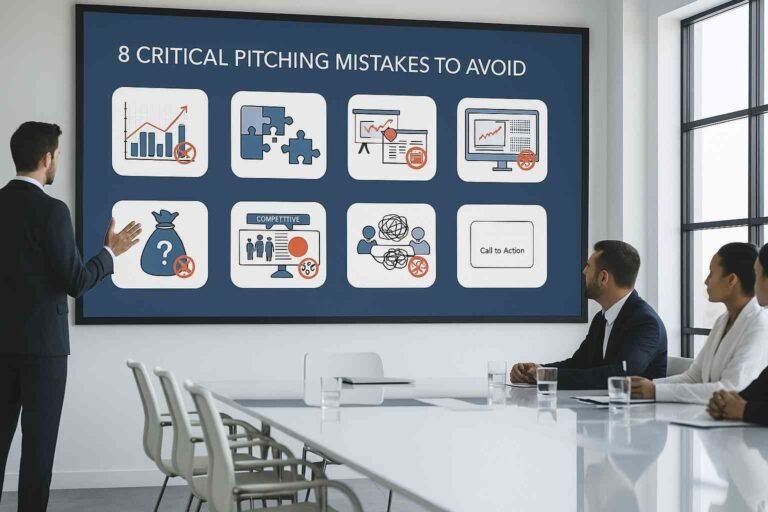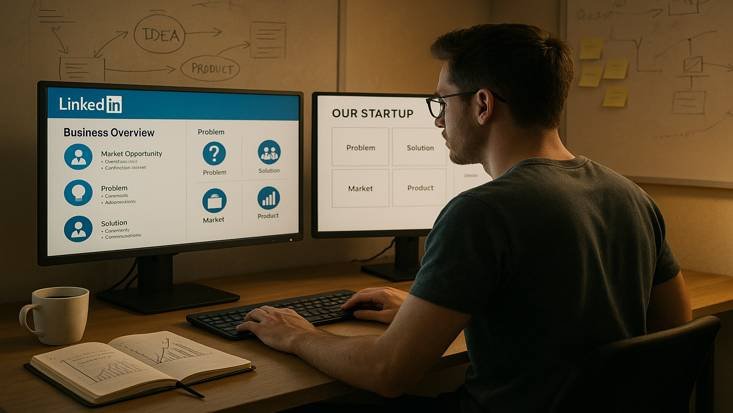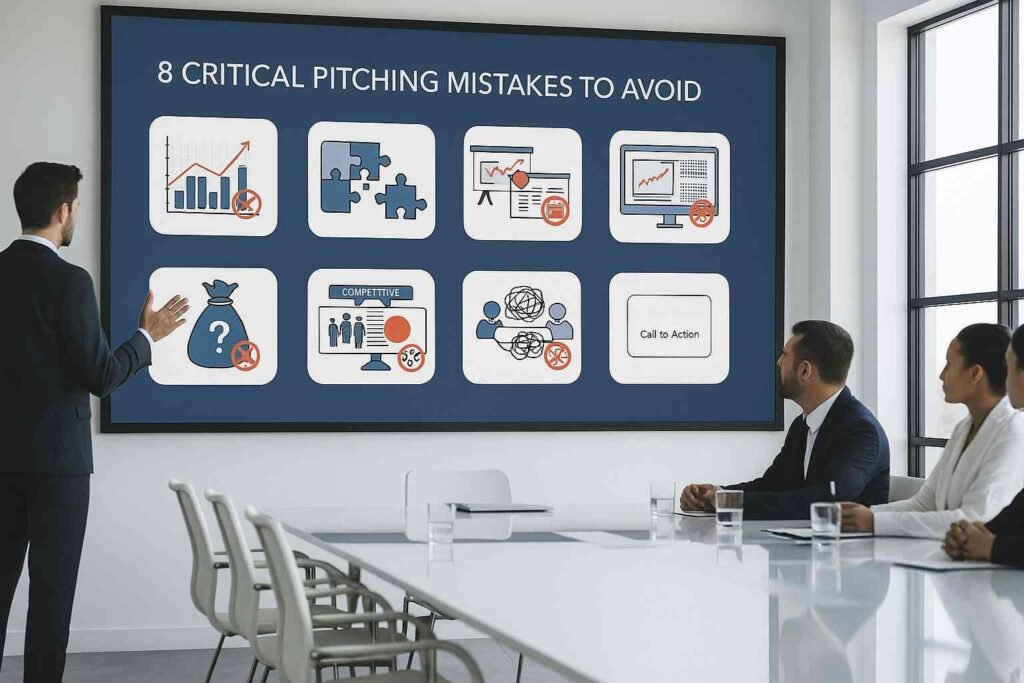Introduction
Demo day is an important milestone for a start-up. It is perhaps the only real chance you have to pitch your business to the investor, mentor, and even a potential strategic partner who will most likely become central to the future of your company. Be it funding, mentorship, or strategic relationship, the impression you leave on Demo Day is invaluable. A good demo day presentation is core attached with a pitch deck that is prepared to perfection.
The blog is addressed to entrepreneurs, where it explains how one can manage to use pitch decks during demo days perfectly and, by good practices, help them deliver great presentations while tackling the subsequent Q&A session.
Understanding Your Audience: Investors, Mentors, and Partners
Audience Insights
Knowing your audience is half the battle won. At demo days, the room is typically filled with three types of attendees, each with unique expectations:
- Investors: Basically, they are searching for business opportunities with potential. They feel like knowing whether your startup is worth massive growth, scalability, and returns on investments or not. Investors are more types: angel investors, venture capitalists, and Y-combinators. Evening in creating a pitch deck for each investor is important.
- Mentors: They are looking for startups they can guide and help mature, providing insights that can steer your business to greater success.
- Potential Partners: These individuals or companies are exploring opportunities for synergy. They want to see how a partnership with your startup could align with their goals.
Purpose and Expectations:
The reflection of your business value and your own personality in their interest will, in turn, connect you with any particular segment. Investors see potential ROI, mentors like being part of coachability and long-term vision, and partners look at synergy and mutual growth.
Importance of a Strong Pitch Deck on Demo Day
A great pitch deck is your key to gaining attention, but more importantly, holding on to it: demo day presentations are short (5 to 10 minutes), so there’s no room for fluff.
- Grabbing Attention: Your pitch deck should be compact and powerful from the very first slide. Remember to underline explicitly and catchily your business value proposition, market potential, and growth strategy.
- Visual and Content Balance: Professional designing should provide an ideal blend of graphics and text: professional design to make the deck look beautiful while ensuring the deck content is clear, direct, informative, and relevant.
Remember, investors and mentors are evaluating multiple pitches. A clean, well-organized deck will help ensure your message sticks.
Common Mistakes to Avoid in Demo Day Pitch Decks
Demo days are intense. Every startup wants to shine, but there’s a slew of ways the most promising pitch can go awry. Avoid the mistake, which investors may feel is a red flag. Here are some of the common pitfalls to avoid:
- Overloading Information: Fitting too much data on one slide is a cardinal sin. It’s best to keep your slides focused; avoid data dumping by highlighting key insights that might spur interest. Over-informative slides simply overwhelm the audience and divert their attention from the core message.
- Lack of Focus: Founders often make the mistake of diverting off track. Be laser-focused on why your business matters. Focus on your value proposition and the solution that you bring to a clear problem.
- Neglecting Design: No matter how strong your business idea is, a deck that looks unprofessional will surely kill its credibility. Poor readability, cluttered slides, or an incoherent design will fail your message. Keep the design clean: use consistent fonts, and professional visuals, and make the text easy to read.
Prepare for Q&A: Anticipate and Address Investor Concerns
The Q&A session after your pitch is just as important as the pitch itself. Very often, investors will wait until this very moment to ask about your business model, competitive landscape, or financial projections.
- Anticipation of Questions: Before demo day, brainstorm potential questions based on your presentation content. Be prepared to answer questions about your competition, scalability, risk factors, or financials. Practice with colleagues, mentors, or advisors to refine your answers.
- Preparation of Responses: Be prepared with concise, fact-based responses. Investors appreciate transparency; if there’s any potential weakness or challenge that your startup faces, highlight these and explain how you’ll work your way around such obstacles.
- Interactive Readiness: Anticipate dynamic interaction with the audience. Be receptive to feedback, which insinuates learning and changing—something investors and mentors alike very much like to see.
Conclusion
To summarize, it means that a successful demo day presentation is if you know whom you are talking to, create a clear and really interesting pitch deck without common mistakes, and learn how to handle interactive Q&A sessions.
Mastering the art of presenting at demo days may well be the tipping point that catapults your startup into new stratospheres. Implementing these best practices will not only help you stand out on demo day but also raise your chances of securing funding, mentorship, and strategic partnerships.
Invest the time to perfect your pitch deck and practice your delivery. Seek a third-party perspective or professional help by getting feedback from a mentor or a firm specializing in pitch decks to get the presentation as tight as possible.









